It is easy to get caught up in TV specifications and forget that unless your viewing distance is optimal and your vision is 20/20, then you won’t be able to see the best possible picture that you have paid so much money for. Figuring out the best TV viewing distances in your home requires some math.
It’s rather alarming to learn that humans with ideal vision cannot resolve all the details in a 4K TV unless seated within 3 to 5 feet. And that distance corresponds to all screen sizes from 43 to 85-inches (diagonally), respectively. It’s even closer for 8K TVs!
When viewing a TV at distances greater than mentioned above, pixels effectively blend together. You won’t be able to tell the difference between 4K and 8K content. A double-blind study by Warner Bros. confirmed such findings, revealing most consumers can’t tell the difference — even under the best conditions.
The same phenomenon holds true for HDTV, often referred to as 1080p, Full HD or 720p — just at a greater distance. For example if you sit 9 feet (2.74 meters) back from a 1080p HDTV, then you’ll need at least a 69-inch (175.26 cm) TV, measured diagonally, to see all of the detail. Any other combination of greater distance or smaller screen size means you will not be able to resolve the finer details.
This information is based on the research of Bernard J. Lechner, formerly an electronics engineer and VP at RCA Laboratories. He developed two simple formulas for calculating optimum viewing distances for 16×9 HDTVs based on visual acuity.
Optimal Viewing Distance for 16:9 1080p HDTV = 1.8 x Width
Optimal Viewing Distance for 16:9 720p HDTV = 2.7 x Width
Knowing your TV width is somewhat tricky, since all TV sizes are expressed in diagonal measurements. Of course you can always get out that tape measure or calculate it. For 16:9 sets (basically every widescreen TV), width can be calculated from the diagonal screen size.
Width = 0.871575537124549 x Diagonal Size
Sony’s website offers a general rule of thumb for recommended TV viewing distance. Their calculation uses TV screen height, which can be calculated as follows:
Height = 0.490261239632559 x Diagonal Size
Then multiply height by 1.5 for 4K TVs or 3 for 1080p HDTVs. Currently, Sony does not offer guidance based on 8K TVs, but if the trend held you’d multiply 0.75 times height.
Optimal Viewing Distance for 16:9 1080p TV = 3 x Height
Optimal Viewing Distance for 16:9 4K TV = 1.5 x Height
Optimal Viewing Distance for 16:9 8K TV = 0.75 x Height
For the most precise calculations, there’s a spreadsheet available at carltonbale.com which calculates optimal viewing distances based on the resolving power of the human eye (reference), or visual acuity. The human eye with 20/20 vision can detect or resolve details as small as 1/60th of a degree of arc. This distance represents the point beyond which some of the detail in the picture is no longer able to be resolved so pixels begin to blend together.
In lieu of breaking out that calculator just yet, use the table below to see the best TV viewing distances for common screen sizes based on visual acuity. You may be surprised just how much closer you should be sitting to the TV.
Optimal Viewing Distances for 16:9 TV Screen Sizes
| Diagonal | 8K | 4K | 1080p | 720p |
| 88″ | 2.9′ | 5.7′ | 11.5′ | 17.3′ |
| 85″ | 2.8′ | 5.5′ | 11.1′ | 16.7′ |
| 83″ | 2.7′ | 5.4′ | 10.9′ | 16.3′ |
| 75″ | 2.4′ | 4.9′ | 9.8′ | 14.7′ |
| 65″ | 2.1′ | 4.2′ | 8.5′ | 12.7′ |
| 55″ | 1.8′ | 3.6′ | 7.2′ | 10.8′ |
| 48″ | 1.6′ | 3.1′ | 6.3′ | 9.4′ |
| 42″ | 1.4′ | 2.7′ | 5.5′ | 8.2′ |
| 32″ | 1.0′ | 2.1′ | 4.2′ | 6.3′ |
Use these calculations to help you choose between a HDTV, 4K or 8K TV so you can see every last detail from your beautiful big screen if you sit in the right spot. With 8K TVs requiring such up-close viewing to actually see a difference, one has to wonder why anyone should buy a 8K TV?
Our recommendation, simply buy the biggest TV you can afford and place optimally.
Closing Thought
Apparently you can safely break the rule Mom always told you not to do about sitting too close to the TV. No, it won’t ruin your eyes.
References:
Optimum HDTV viewing distance (Wikipedia)
1080p and HDTV Resolution Explained (ecoustics)
Related reading: Best TVs to Buy Right Now

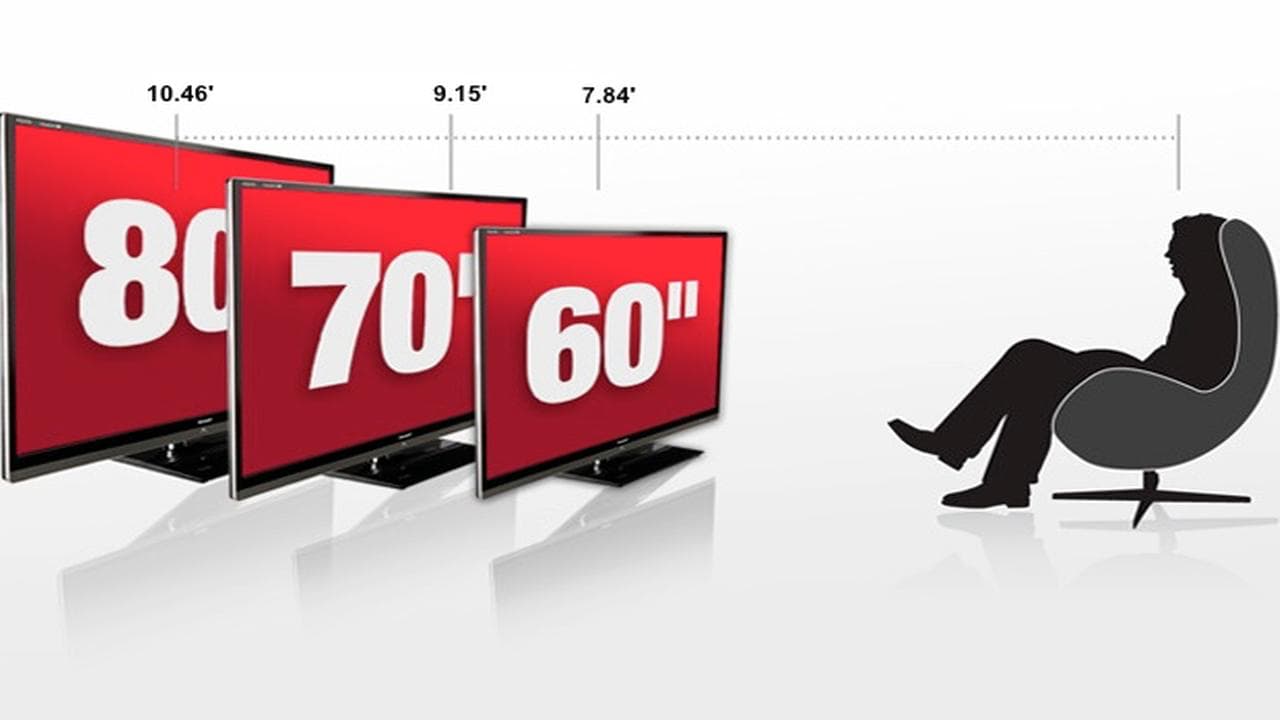

















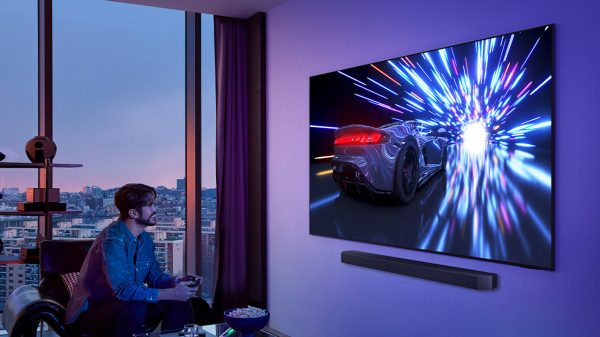

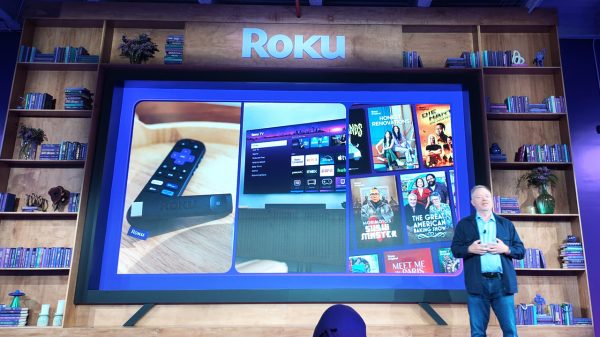

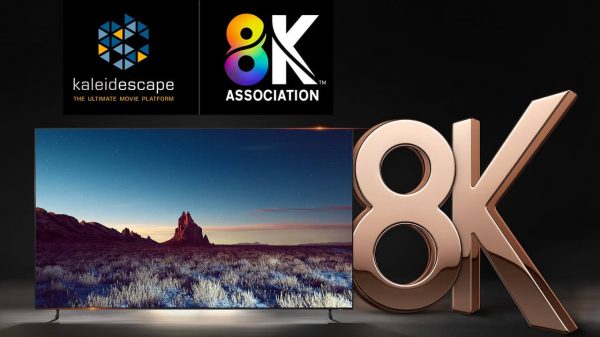

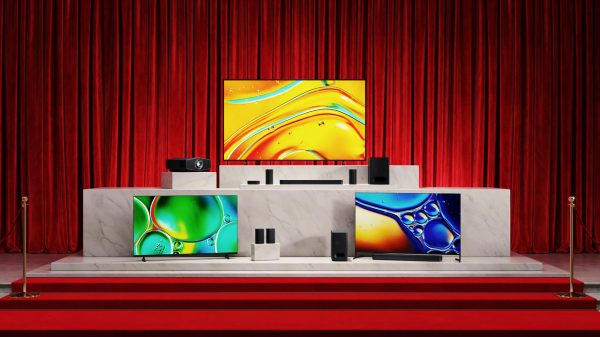





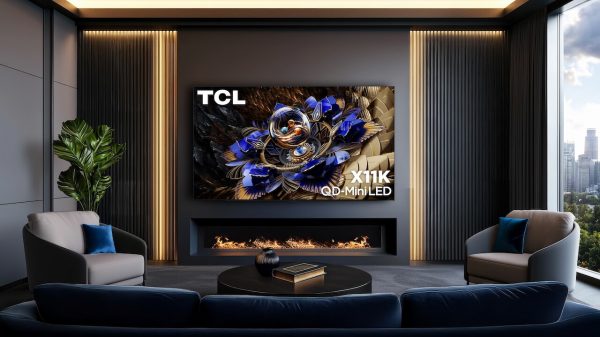











Ernie Mink
July 11, 2021 at 11:33 am
There have been numerous ratings of *K, and what I gathered was your eyes do not distinguish any difference in detail above 4K at all. So 8K essentially is a gimmick and a waste of money. Also, there is literally no true non-compressed material for 8K. The only real way that is current to see any kind of UHD is 4K blue ray discs. You can watch YouTube 4K videos, but whether they say 4K or 8K, it is still compressed, even if it looks better than 1080p.
Ian White
July 11, 2021 at 12:29 pm
Ernie,
Having calibrated well over 100 HDTVs and projectors, I have to admit that I’m not buying into the 8K thing at all. My trained eye looks for color issues, the ability to see detail in really dark scenes, and overall clarity — but I’m perfectly happy with 4K.
There is almost no 8K content and there are few customers for 8K movies to replace the UHD 4K movies those same people already own.
I’ve been collecting movies for 40 years and my collection of over 3,700 DVDs, LDs, Blu-ray, UHD 4K, etc…is pretty much done.
Streaming is the future and I don’t see 8K sets flying off the shelves at BB. I ask those dumb questions.
I sit about 10 feet from my LG 4K set and its calibrated image looks amazing.
My projector is a 4K JVC and it’s good enough on my 100″ screen. I don’t think my eyes are getting any better with age and nobody has ever complained about the picture quality.
IW
MrSatyre
July 16, 2021 at 1:31 am
2.8′ is the optimum viewing distance for an 8K 85″ TV???
5.5′ is the optimum viewing distance for a 4K 85″ TV???
The writer clearly is confusing the distance when the pixel structure becomes evident, with a typical seating distance. No one, but no one sits under 6 feet (let alone under 3 feet) from their TV, unless they’re in a camper with a 27″.
Brian Mitchell
July 16, 2021 at 6:57 am
That’s right. Nobody sits that close to a TV. Those distances represent the farthest points at which human eyes with 20/20 vision can no longer resolve pixel details.
Typical seatings distances are generally so far away that most people are unable to see differences between 1080p, 4K and 8K TVs (assuming color accuracy and refresh rates were identical, which isn’t always the case).
Joshua
December 10, 2021 at 2:34 pm
My room is 10 feet wide and 14 feet long. My viewing distance is 5 to 5 1/2 feet away. I’m planning to purchase a 4K 86″ Ultra HD TV for this room. Will the 86″ screen be too big from my 5′ to 5 1/2′ viewing distance? According to this calculator https://goodcalculators.com/tv-viewing-distance-calculator/ it will be OK.
Ian White
December 10, 2021 at 7:31 pm
Joshua,
From a practical perspective, that’s way too close to watch an 86″ image. Horrible for your eyes.
I have a 75″ 4K OLED in my living room that I watch from 12′ away and I think that distance is just about right.
60 inches away from an 85″ screen is too close in my book. I sit 15 feet back from my 100″ screen in the basement HT watching 4K content on a 4K projector and I feel I’m at the right distance.
Are you using this set for gaming or movies/TV?
Ian White